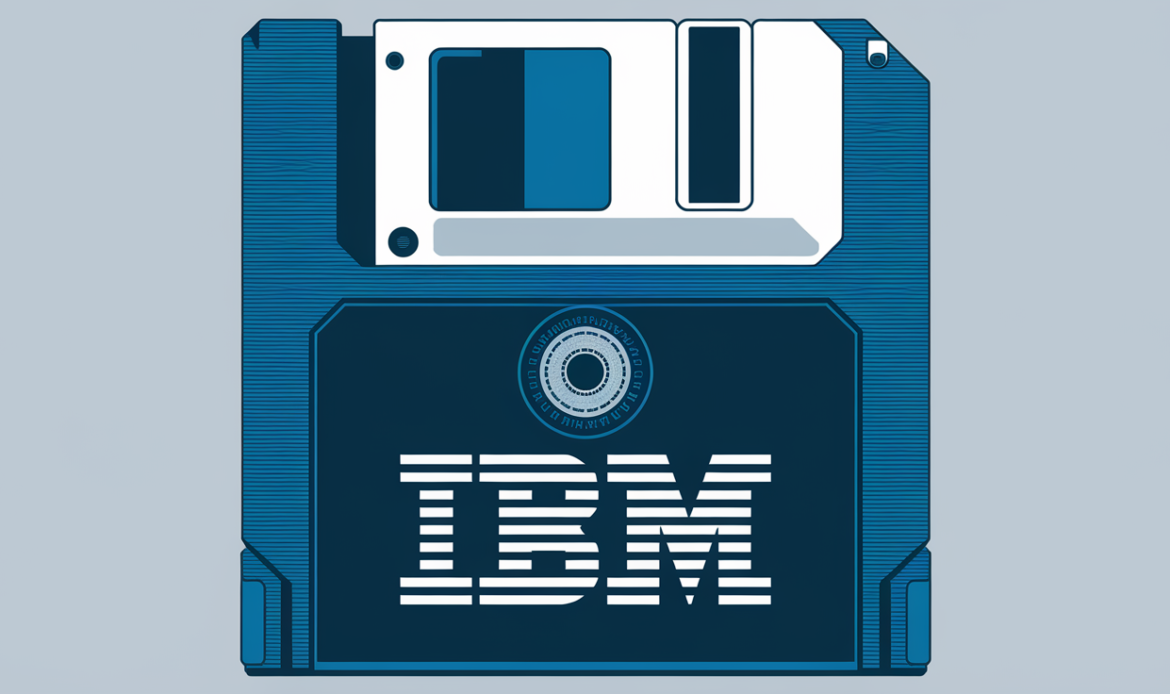The days of the 3.5-inch floppy disk are now officially numbered.
Sony, which boasts 70 percent of the anemic market, announced Friday that it would end Japanese sales of the ancient storage medium in March 2011, according to a report in the Mainichi Daily newspaper.
The 3.5-inch floppy was a ubiquitous and necessary component for storing and transferring files between personal computers for nearly three decades. Sony pioneered the 3.5-inch floppy disk in 1981, eventually replacing the 5.25-inch floppy disk that had previously been the popular storage format.
However, as the size of files and programs grew, the floppy disk was pushed aside by an inexpensive and larger-format storage medium. Thanks to the creation of storage methods such as CDs, DVDs, Zip, and USB drives, Sony saw its Japanese sales of floppies decline from a record 47 million disks in fiscal 2002 to 12 million in fiscal 2009.
Most other floppy disk manufacturers had long since pulled out of the market, and Sony itself had already ceased sales to most of its overseas markets.
Certainly, the writing had been on the walls for years. With the release of the iMac in 1998, Apple was the first computer maker to take the plunge and eliminate the floppy completely. Dell followed suit in 2003 when it dropped the floppy as standard equipment on one of its Dimension desktops.

IBM Stops Making Floppy Disks
As software programs ballooned in size, they became increasingly difficult to install on a computer using floppy disks. For example, the diskette version of Windows 95 comprised 13 diskettes that had to be installed one at a time. As the profit margins for floppy drives shrank and new storage technologies emerged, IBM got out of the floppy disk business, and other companies soon followed. By the mid-2000s, floppies had gone the way of the punched card.
While floppy disks still see limited use in legacy computer equipment, they have been replaced by a procession of data-storage methods with much greater capacity and data transfer speeds, from CD-ROMs, USB flash drives and memory cards to optical disks and cloud storage. But the influence of the floppy on computing lives on. The floppy helped jump-start the software industry, which racks up more than USD 500 billion in revenue annually. And to this day, a tiny icon of a floppy disk appears on many computer desktops as the symbol for saving files. It’s a fitting legacy for a true computer icon.

